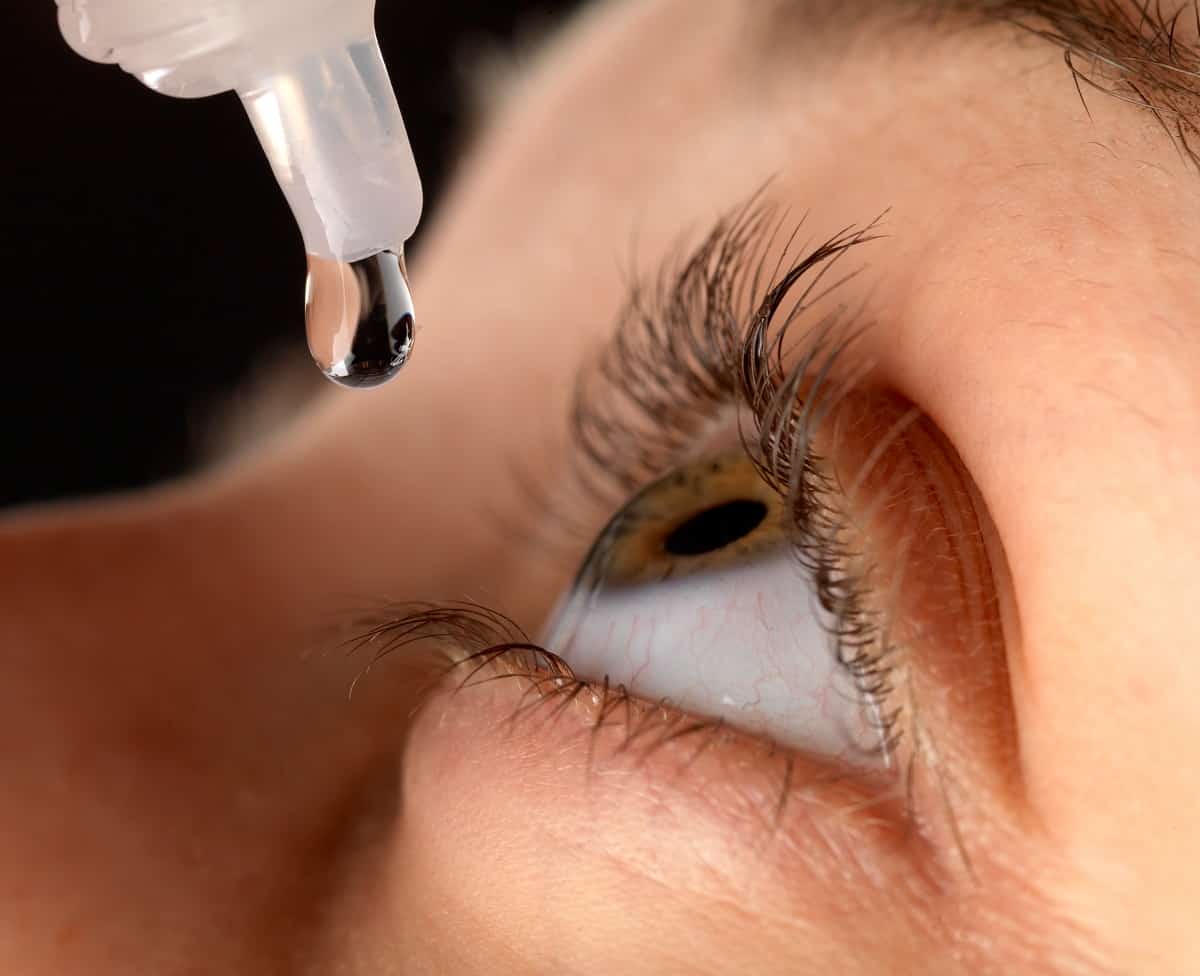Targeted Eye Treatment for Specific Conditions
From managing dry eyes and infections to controlling eye pressure and inflammation, prescription eye drops are a vital part of modern ophthalmic care. Unlike over-the-counter drops, these are tailored to treat specific eye conditions and must be used under the guidance of an eye specialist to ensure safety and effectiveness.
At London Eye & Retina, we prescribe and monitor a wide range of eye drops based on individual diagnoses. Whether you’re using them for short-term relief or long-term control, we guide you through proper usage and help you avoid common complications.
When Are Prescription Eye Drops Needed?
Prescription drops are used to treat or manage a variety of eye conditions, including:
- Glaucoma: To lower intraocular pressure (e.g., prostaglandin analogues, beta-blockers, carbonic anhydrase inhibitors)
- Eye infections: Antibiotic or antiviral drops for bacterial or viral conjunctivitis, keratitis, or corneal ulcers
- Inflammation: Steroid or non-steroidal anti-inflammatory drops for uveitis, post-surgical inflammation, or allergies
- Dry eye disease: Prescription lubricants or cyclosporine-based drops for chronic dryness
- Allergic conjunctivitis: Antihistamine or mast cell stabiliser drops for itchiness and redness
- Post-surgical care: Antibiotic-steroid combinations to promote healing and prevent infection
- Myopia control in children: Low-dose atropine drops to slow eye growth
Using Eye Drops Correctly
To ensure safety and efficacy, we guide patients on how to:
- Wash hands before application.
- Tilt the head back and pull down the lower eyelid.
- Instill the drop into the pocket without touching the eye.
- Wait at least 5 minutes between different drops.
- Store drops according to instructions. (e.g., refrigeration if needed)
- Complete the full course, even if symptoms improve. (for infections or inflammation)
Common Side Effects to Watch For
While most prescription drops are well-tolerated, possible side effects may include:
- Eye irritation or redness
- Blurred vision immediately after application
- Stinging or burning sensation
- Systemic absorption (e.g., beta-blocker drops may affect heart rate)
- Long-term steroid use may increase the risk of cataract or glaucoma.
Always inform your eye specialist if you notice unusual side effects or worsening symptoms.
Why Regular Monitoring Matters
Especially for chronic conditions like glaucoma or uveitis, ongoing eye checks are essential to:
- Monitor treatment response
- Adjust dosage or change medications if needed.
- Check for pressure changes or side effects.
- Ensure adherence and prevent vision loss.
Do Not Self-Medicate
Prescription eye drops should only be used under medical guidance. Using the wrong drops or even overusing them can worsen the condition or cause unnecessary side effects. Always seek a specialist’s advice before starting or stopping any treatment.
Tailored Treatment for Long-Term Eye Health
Whether it’s a temporary issue or part of your long-term care plan, prescription eye drops are an essential tool in maintaining healthy, comfortable vision.
Schedule a consultation with Dr. James Ng at London Eye & Retina and explore your options for clearer, sharper sight.
Let us help you manage your eye condition safely and effectively with the right treatment.


